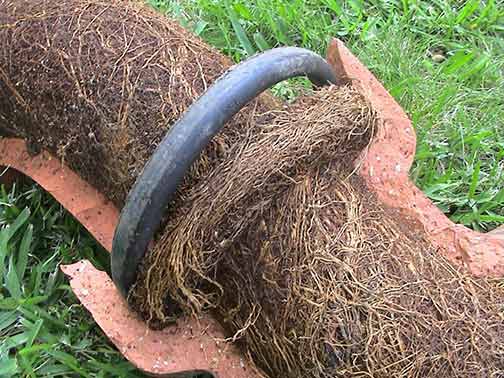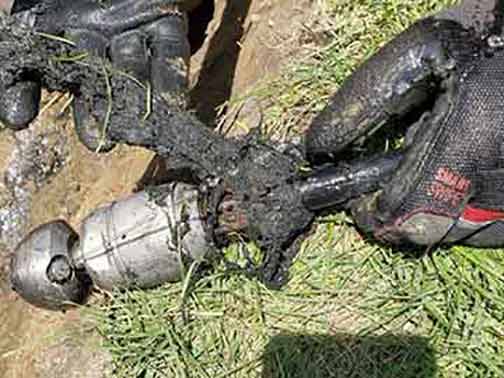
Plumbing issues can cause significant headaches for homeowners. From leaking pipes to clogged drains, any disruption in the plumbing system can lead to inconvenience and expensive repairs. While many problems can be attributed to wear and tear or improper maintenance, one often overlooked culprit is tree roots. Yes, those beautiful trees in your yard may be silently causing havoc to your pipes below the surface. Here we will explore the potential harm that tree roots can inflict on your plumbing system and how you can prevent or mitigate the issue.
The Nature of Tree Roots
To understand how tree roots can affect your plumbing, it is essential to grasp their nature. Tree roots are remarkably tenacious and constantly seek out sources of moisture and nutrients. Even the smallest crack or joint in your plumbing system can attract tree roots. Once a root finds its way into a pipe, it will continue to grow and expand, exerting pressure on the pipe walls.
Symptoms of Root Intrusion
Identifying whether tree roots have invaded your plumbing system is crucial for early detection and prompt action. Here are some common signs that may indicate root intrusion:
Slow drainage or recurring clogs: If you notice your sinks, toilets, or showers draining slowly or experience frequent clogs despite your best efforts to clear them, roots may be the underlying cause.
Gurgling sounds: Unusual gurgling noises coming from your drains when you flush the toilet or run water can be an indication of root intrusion.
Foul odors: Foul odors emanating from your drains are often a result of trapped debris due to root infiltration.
Soggy patches in the yard: Unexplained wet or soggy areas in your yard, particularly near where trees are located, may signify underground leaks caused by tree roots.

Preventing Root Intrusion
While it may be impossible to completely eliminate the risk of root intrusion, certain preventive measures can significantly reduce the likelihood and extent of damage to your plumbing system:
Select tree species with non-invasive root systems: Before planting trees near your house, research the root systems of various species. Opt for those that are less likely to invade pipes, such as Japanese Maples or Dogwood trees.
Plant trees away from plumbing lines: Adequate spacing between trees and your sewer lines is crucial. Contact a professional arborist to determine safe distances for planting to minimize the risk of root intrusion.
Schedule regular sewer camera inspections: Investing in routine sewer camera inspections can help detect potential issues before they escalate. Plumbers can use special cameras to inspect pipe conditions and identify any signs of root intrusion.
Install root barriers: When installing or replacing plumbing lines, consider incorporating root barriers. These physical barriers made of metal or wood can deter root growth toward your pipes.

Addressing Root Intrusion
If you suspect root intrusion in your plumbing system, it is crucial to take immediate action to prevent further damage. Here are some steps to address the issue:
Call a professional plumber: Contact a licensed plumber experienced in dealing with root intrusion. They will conduct a thorough assessment of your plumbing system and recommend the most appropriate course of action.
Consider root removal or relocation: Depending on the severity of root intrusion, plumbers may advise root removal or relocation. This process involves cutting and extracting roots from pipes or transplanting trees to a safer area.
Repair or replace damaged pipes: In cases where roots have caused significant damage to your pipes, repair or a full sewer line replacement is necessary. Plumbers can employ various techniques, such as pipe relining or trenchless pipe replacement, to minimize disruption and cost.
In Summary
Tree roots can pose a serious threat to your plumbing system. Understanding the nature of root intrusion, recognizing the symptoms, and taking proactive measures can help mitigate the risk. Regular inspections and prompt action by local plumbers are vital to ensuring the longevity and functionality of your plumbing system. By striking the right balance between enjoying the beauty of trees and safeguarding your pipes, you can avoid costly repairs and maintain a smooth-running plumbing system in your home.

